Hello and welcome to Work Week, the podcast where we answer one big question about the rapidly evolving workplace, explore what the research says about the issue, and explain what it all means for you.
I’m Dr. Kelly Monahan, Managing Director at The Upwork Research Institute. What you’re hearing is a digital proxy of my voice created by our team with the help of AI. In today’s episode, we’re considering the flood of new digital tools on the market, and looking at how organizations can help their workforce through this changing environment.
Artificial intelligence is central to the current business software market. A few companies, like OpenAI and Google, offer multipurpose tools that dominate the market, each receiving hundreds of millions of monthly active users. But on top of that, it seems that nearly every job function has at least one company focused on building an AI-tool that promises to save time, lower costs, and improve output.
But whether or not these tools can live up to their hype depends, at least in part, on the question we’re asking in this week’s episode:
Does your team actually want to use the AI tools you’re implementing?
It’s a question many leaders are now facing. Because despite significant investment in AI solutions across industries, many workers still aren’t using them. And some are even taking steps to work around them.
To highlight the issue, let’s start with an all-too common scenario that should serve as a cautionary tale for anyone who hasn’t yet experienced it: A company rolls out a new AI-powered workflow tool — say, for creative brainstorming or team feedback analysis. Leadership is excited. IT has done the integration work. The platform is live.
But adoption is sluggish. Feedback is mixed. And the people on the front lines are saying, “This feels clunky.” Or worse, “I don’t think AI should be doing this part of the job.”
This doesn’t necessarily mean workers are resistant to change. Rather, they may be resistant to the wrong kind of change.
Research published by Stanford focused on this challenge, and the researchers set out to create a framework for auditing and discussing workplace automation.
Let’s take a look at what they found.
In one of the most comprehensive task-level studies to date, they analyzed eight hundred forty-four tasks across one hundred four occupations, mapping each one based on two variables.
First, they looked at the desirability of automation, meaning, did workers want the task automated?
Second, they looked at technical feasibility, meaning was AI capable of automating the task?
The results yielded four distinct zones of automation, which the researchers named the Automation Green Light Zone, the Automation Red Light Zone, the R&D Opportunity Zone, and the Low Priority Zone.
This framework can help business leaders drive effective, human-centered AI strategies.
So let’s walk through what each zone represents.
First is the Green Light Zone. This zone offers the best opportunity for AI agent deployment and has the highest potential for significant productivity and societal gains. Because workers want help with the tasks in this zone, and AI tools can already deliver strong performance with them. Examples include manual, energy draining tasks such as scheduling, data entry, repetitive reporting, and document classification.
Second is the Red Light Zone, which presents challenges for many organizations and workers.
In this zone, AI is technically capable of completing tasks, but workers don’t want the tasks automated. These tend to be high-touch, human-centered tasks, such as interpersonal communication, strategic brainstorming, creative ideation, and mentorship or coaching.
Despite low worker desirability for these tasks to be automated, the Stanford study found that forty-one percent of current AI investment is being funneled into this zone.
That’s right. Nearly half of today’s AI development and integration efforts are focused on automating tasks employees actually want to keep. That’s not just a misallocation of resources — it’s a fast track to resistance, mistrust, disengagement, and burnout.
The third zone is the R&D Opportunity Zone, which means tasks workers wish could be automated, but current AI technology isn’t quite there. Examples of these types of tasks include cross-tool workflow integration, real-time project reprioritization, and context-aware decision-making.
This zone should be a priority in your organization’s innovation pipeline. Developing and deploying solutions that automate more tasks employees want automated can help drive increased productivity and engagement.
Finally, the fourth zone is the Low Priority Zone, which refers to tasks few or no workers want automated, and that AI has a limited capability to automate anyway. Organizations should deprioritize investing time and resources in this zone.
So what do the four zones of automation mean for workers and organizations?
Let’s pause on a critical insight: The Stanford research isn’t just about what can be automated. It’s about what should be automated — according to the people doing the work.
And this difference matters more than ever.
As AI becomes more integrated into the day-to-day, employees are rightly asking:
“Is this helping me — or replacing me in ways I never asked for?”
If workers perceive AI as overstepping into the meaningful, interpersonal, or creative dimensions of their roles, they may undermine or avoid these systems. Or worse, they’ll use the AI technology because it’s required on the job, but they’ll feel higher levels of disengagement and burnout.
As we discussed in episode eighteen of Work Week, findings from our recent research report, From Tools to Teammates: Navigating the Human-AI Relationship, suggest that workers who report the biggest productivity gains with AI are also at the highest risk of burnout. Eighty-eight percent of those who reported being most productive with AI also reported feeling burned out.
But, what if AI is positioned as a support mechanism — taking on the drudgery so people can focus on the high-value, high-judgment work they care about? When this is the case, your organization will see a positive shift. You’ll likely experience increased tool adoption, better cross-functional collaboration, higher satisfaction and retention, and stronger trust in leadership and trainchange management.
That’s the promise of aligned AI design.
There’s another layer here that every leader should be tracking: the ongoing demand for human-centered skills.
As AI becomes more capable of handling information-heavy, rules-based tasks, the premium on interpersonal and organizational skills is rising.
In fact, the Stanford study reinforces a key insight from our own research at The Upwork Research Institute. The workplace of tomorrow will require less task repetition, and more emotional intelligence, conflict navigation, project orchestration, and team leadership
That’s not an abstract HR talking point. It’s a real-time market signal. The roles that are growing in value are the ones where human capability — not algorithmic precision — makes the difference.
So, if you’re building out your next AI training or upskilling initiative, don’t limit the teachings to prompt engineering or system fluency. Teach discernment. Empathy. Decision architecture. That’s where your competitive edge lies.
So how can companies better align AI investments with what workers actually want?
Here are three strategies you can act on today
First, listen before building.
Before rolling out any new AI capability, engage your workforce in structured conversations. Ask questions such as,
“What tasks drain your energy?”
“Where do you feel AI could meaningfully help you?”
“What tasks do you value and want to keep?”
Use surveys, interviews, focus groups, and team retrospectives. The goal is to capture perceived pain points, not just technical friction.
Second, prototype inside the Green Light Zone.
Start small with AI implementations that sit squarely in the Green Light Zone. Rather than choosing to automate tasks you think will drive the most productivity, prioritize automating tasks workers want to get off their plates so they can work more strategically and creatively. Tie your AI development to specific tasks and explain how automation will benefit employees.
For example, you may share with your team that you’re testing an AI assistant that can summarize client meeting notes and auto-suggest follow-ups.
This lets employees see and feel the benefit. If they find it useful, adoption will spread organically. No change management orchestration required.
Third, celebrate interpersonal skills.
One of the biggest risks of AI adoption is signaling — intentionally or not — that human judgment is no longer essential.
Combat this misconception directly by highlighting and rewarding the uniquely human skills your team brings, such as complex decision-making, relationship-building, and culture-shaping.
Frame AI as a support, not a substitute. Make sure your team members know they’re still the center of the work experience.
Let’s wrap up this week’s episode as we always do, with an action step you can implement immediately, as well as a reflection question to consider.
For your action step, Develop a short survey to better understand worker sentiment toward your current AI tools. Also ask for employees’ perspectives on which tasks they would prefer to see automated versus which tasks they’d like to continue handling on their own.
Even five thoughtful questions can uncover major alignment gaps and opportunities to help you find your organization's "Green Light Zone."
Start with one team. Listen first. Then build what actually solves.
If you’re a freelancer or individual contributor at your organization, think of the tasks you’re currently automating using AI and whether you’re focused on delegating the right tasks. You may identify opportunities to add more creative or strategic tasks — such as brainstorming or sharing feedback — back to your plate while allowing AI to take on more routine, manual tasks.
And for this week’s reflection question, ask yourself: Are the AI tools you’re implementing helping your team do more of what they love — or less?
If you’re not sure of the answer, that’s your cue. Start the conversation and identify ways to develop more Green Light Zone opportunities in which you automate tasks workers want help with.
That’s it for this episode of Work Week. I’m Kelly Monahan and this week, we explored the gap between AI feasibility and employee desire. We also discussed a new framework proposed by Stanford University that can help guide better decisions around AI development and integration, and talked about how to build AI strategies that center your people — not just the tech.
As always, thank you for tuning in. If you found this episode helpful, please share it with a colleague or leave a review. And make sure to subscribe to stay updated on the latest insights about the future of work.







.png)
.png)
.png)
.png)
.png)
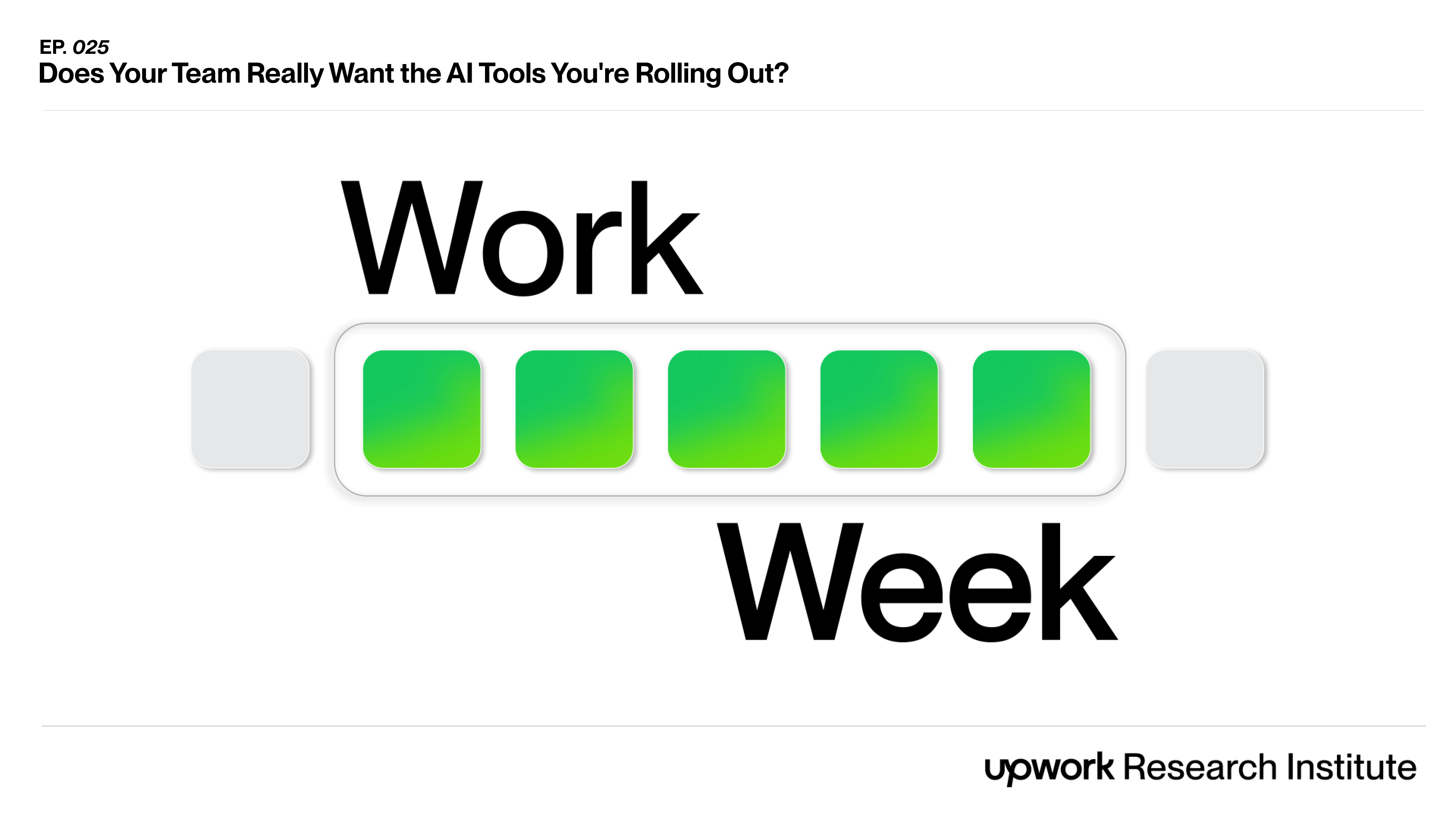


.png)

-p-500.jpg.png)

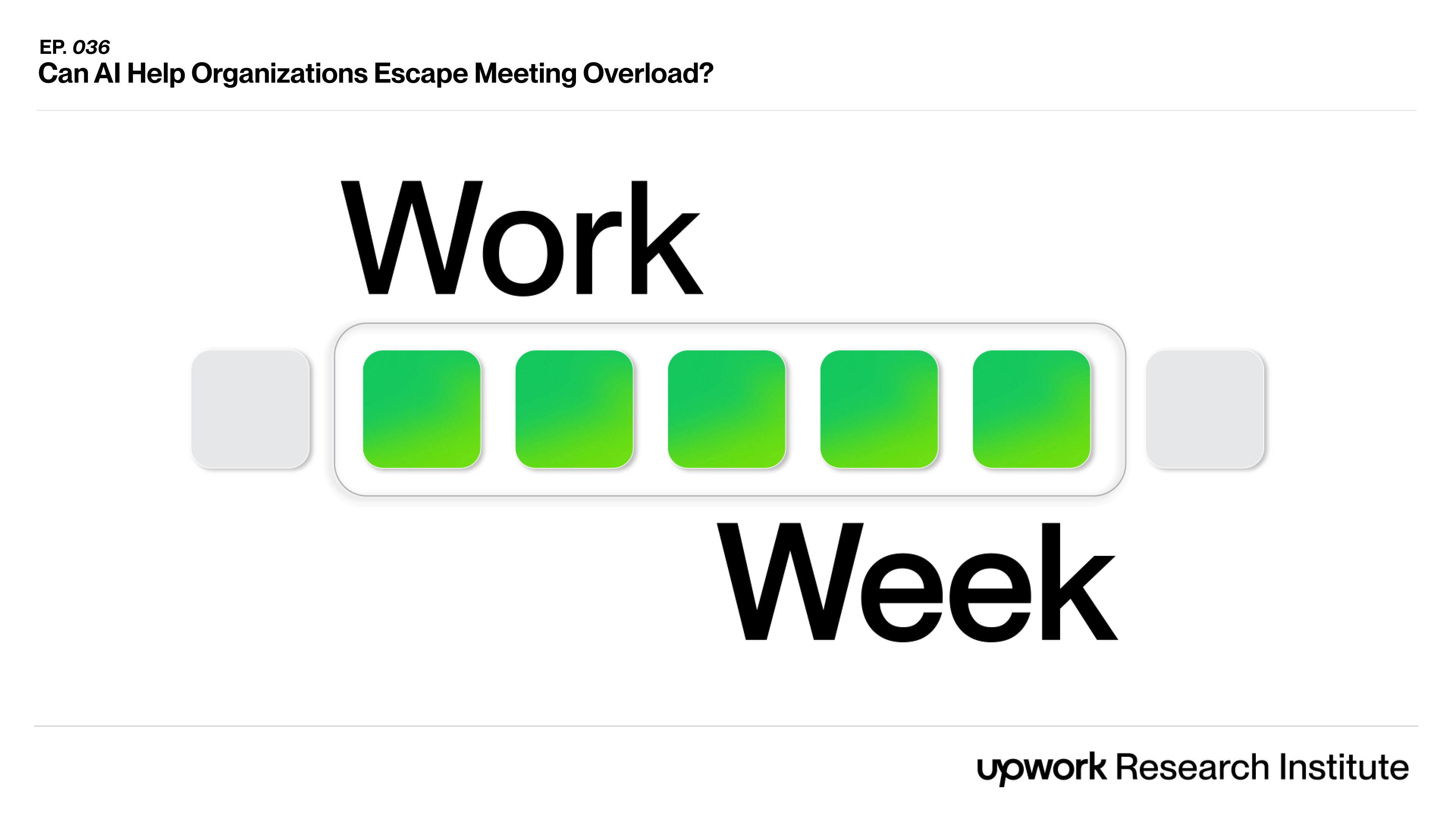

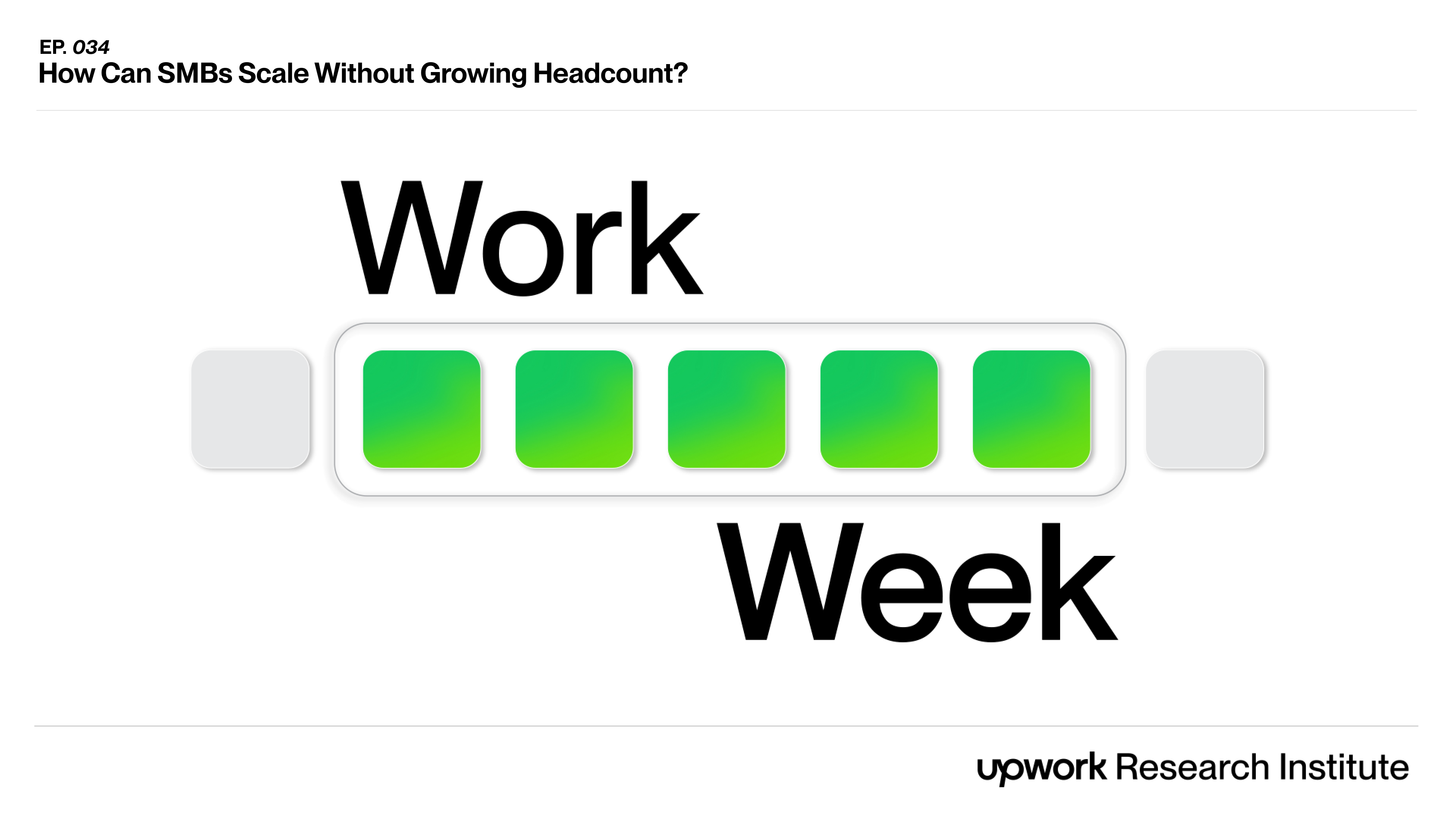
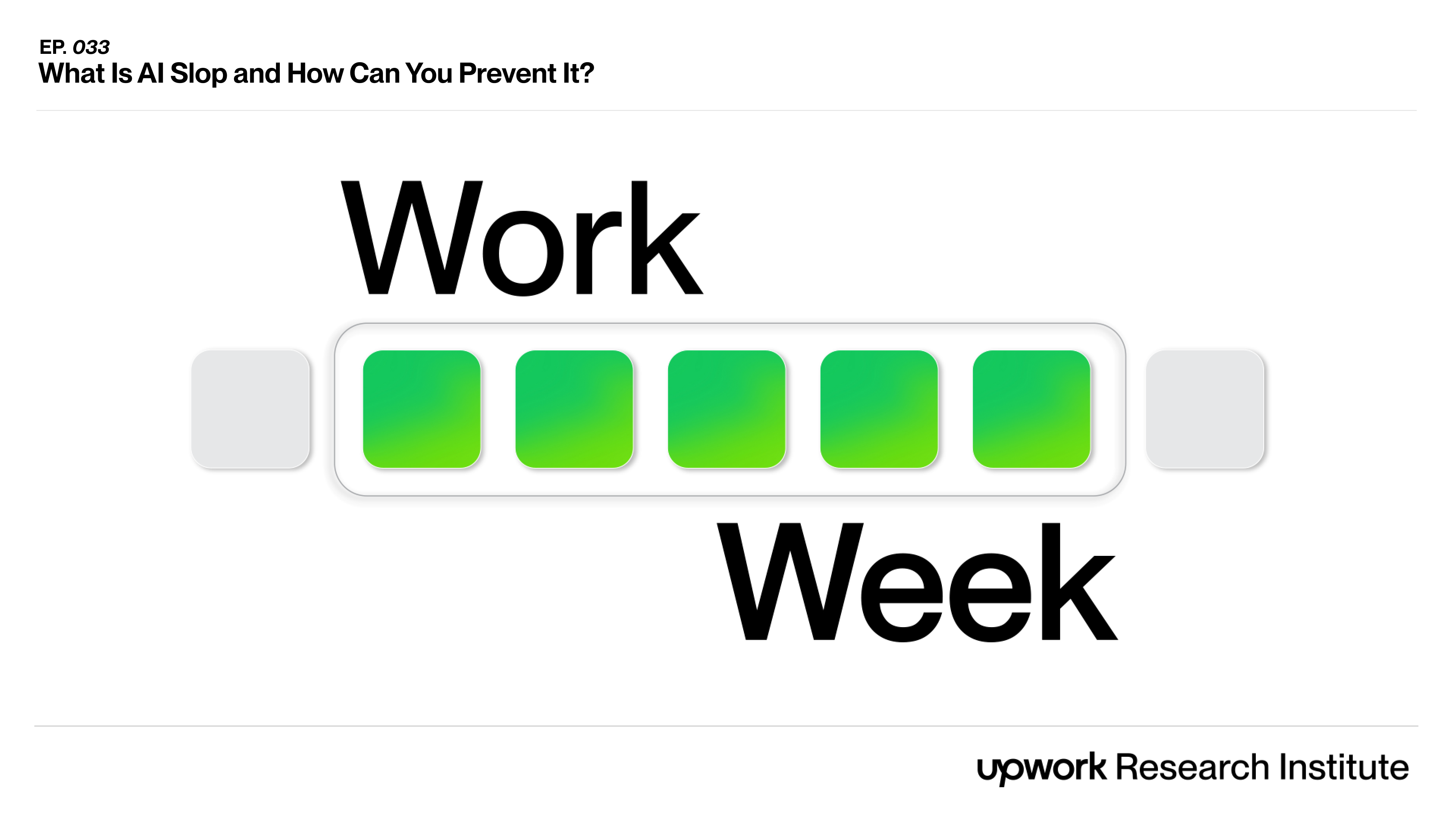
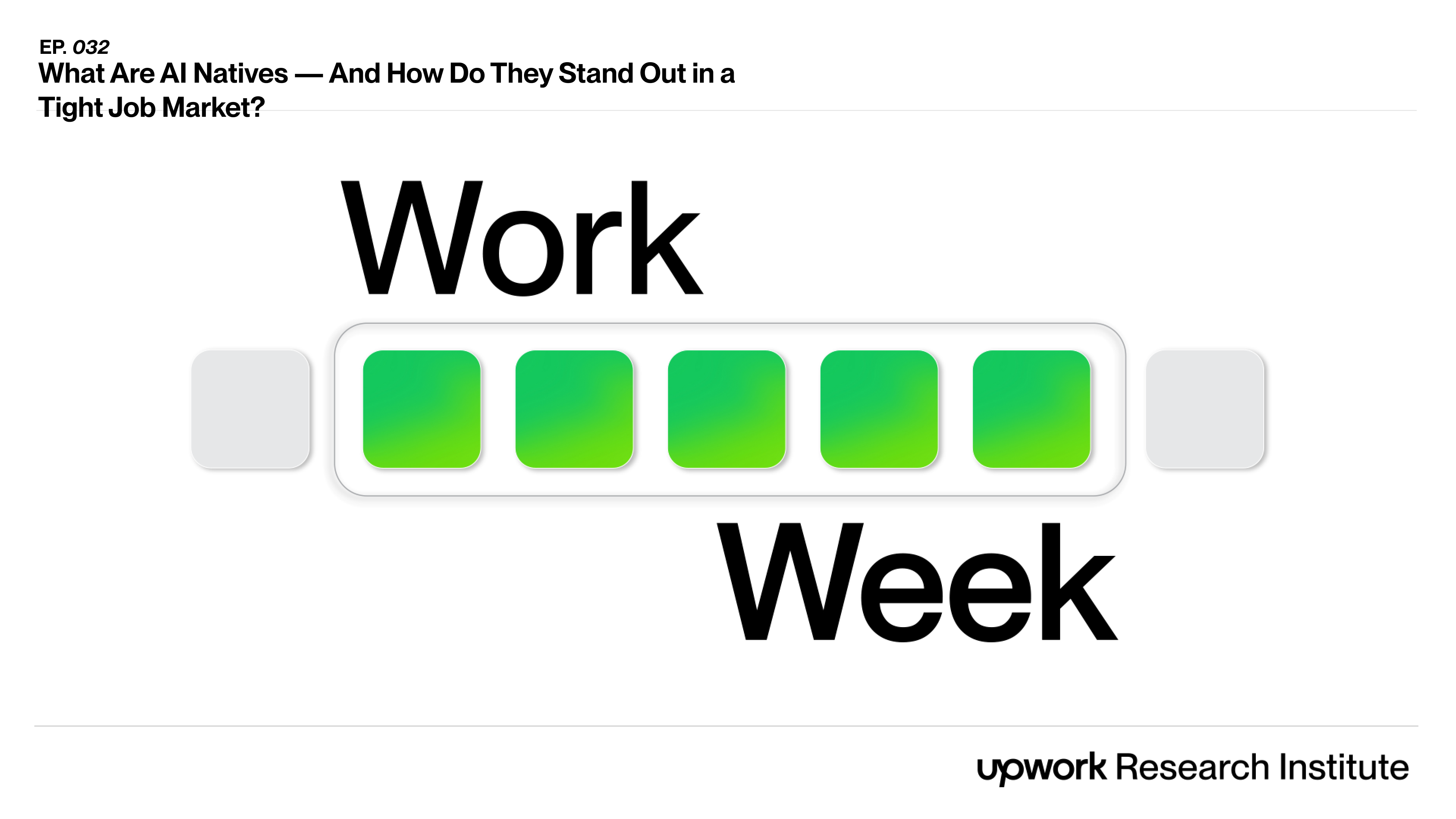


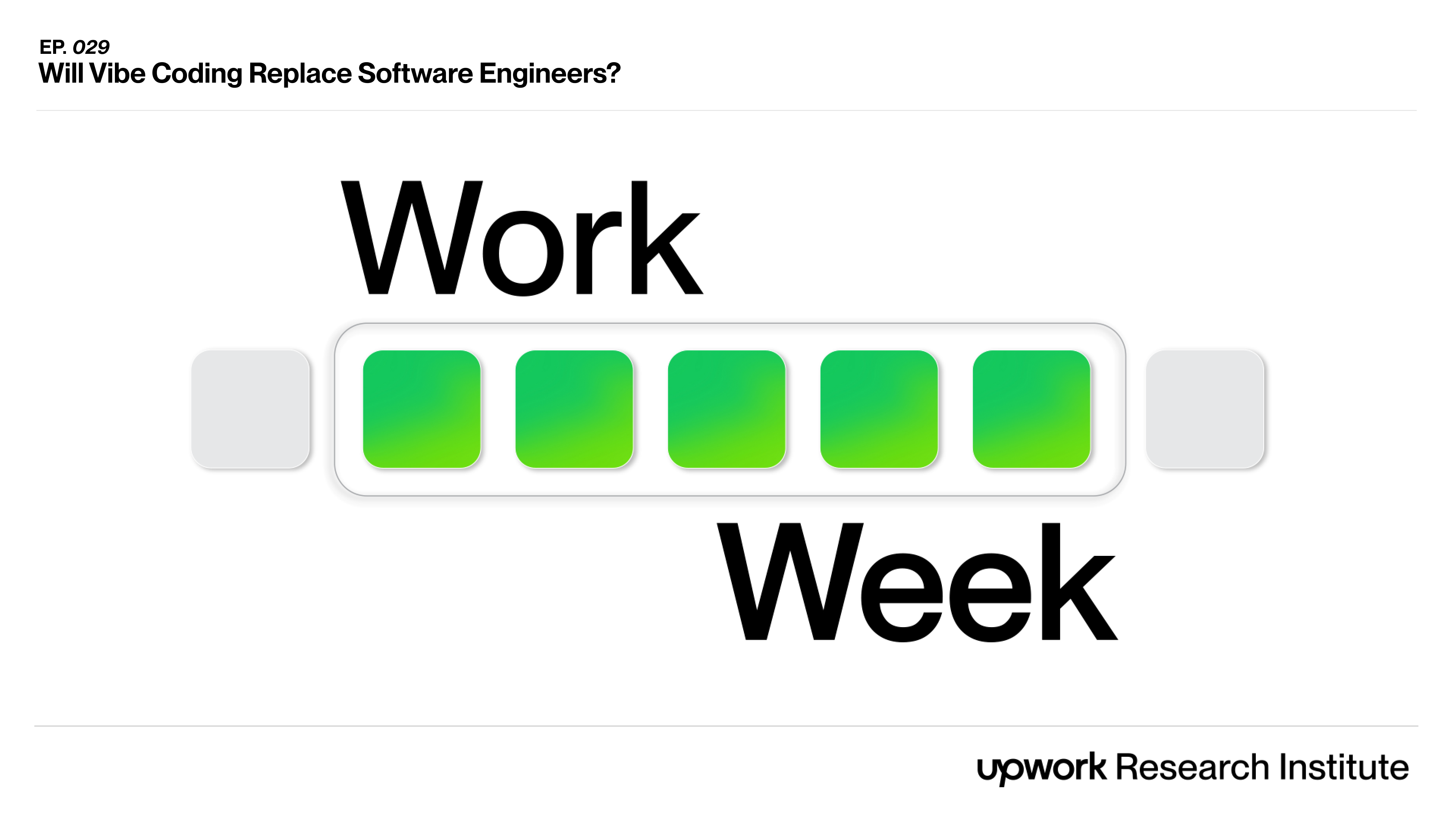


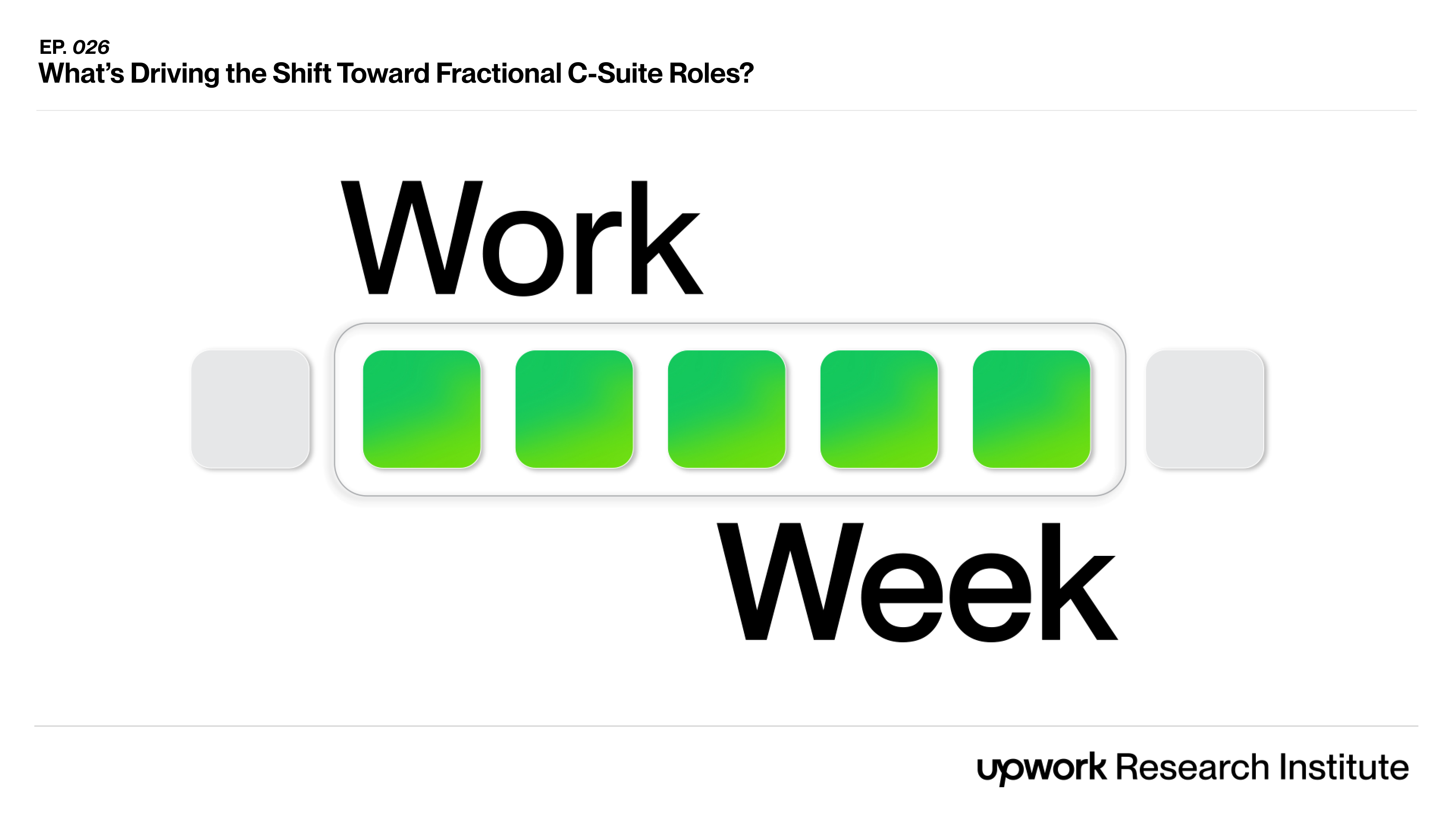

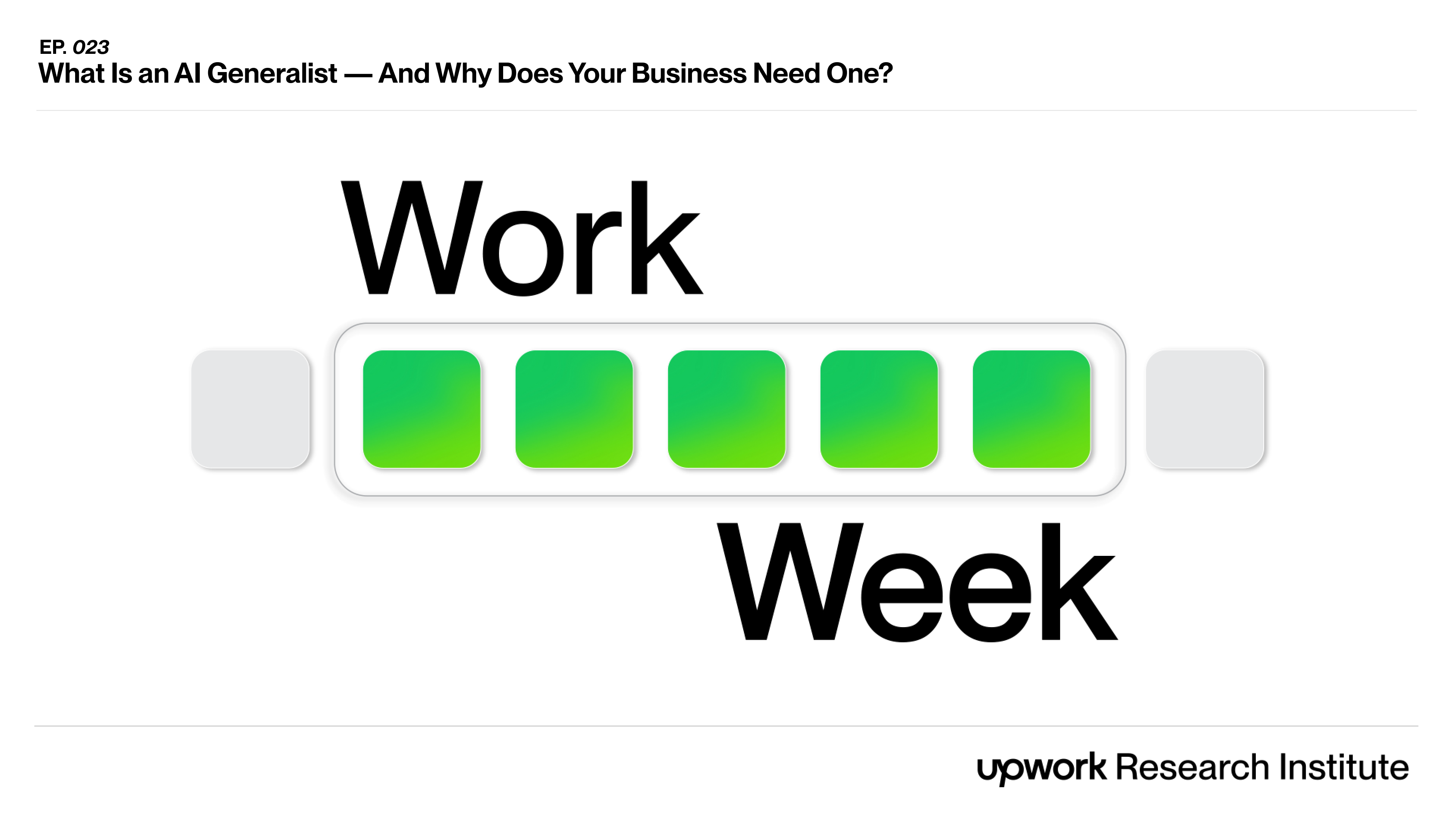






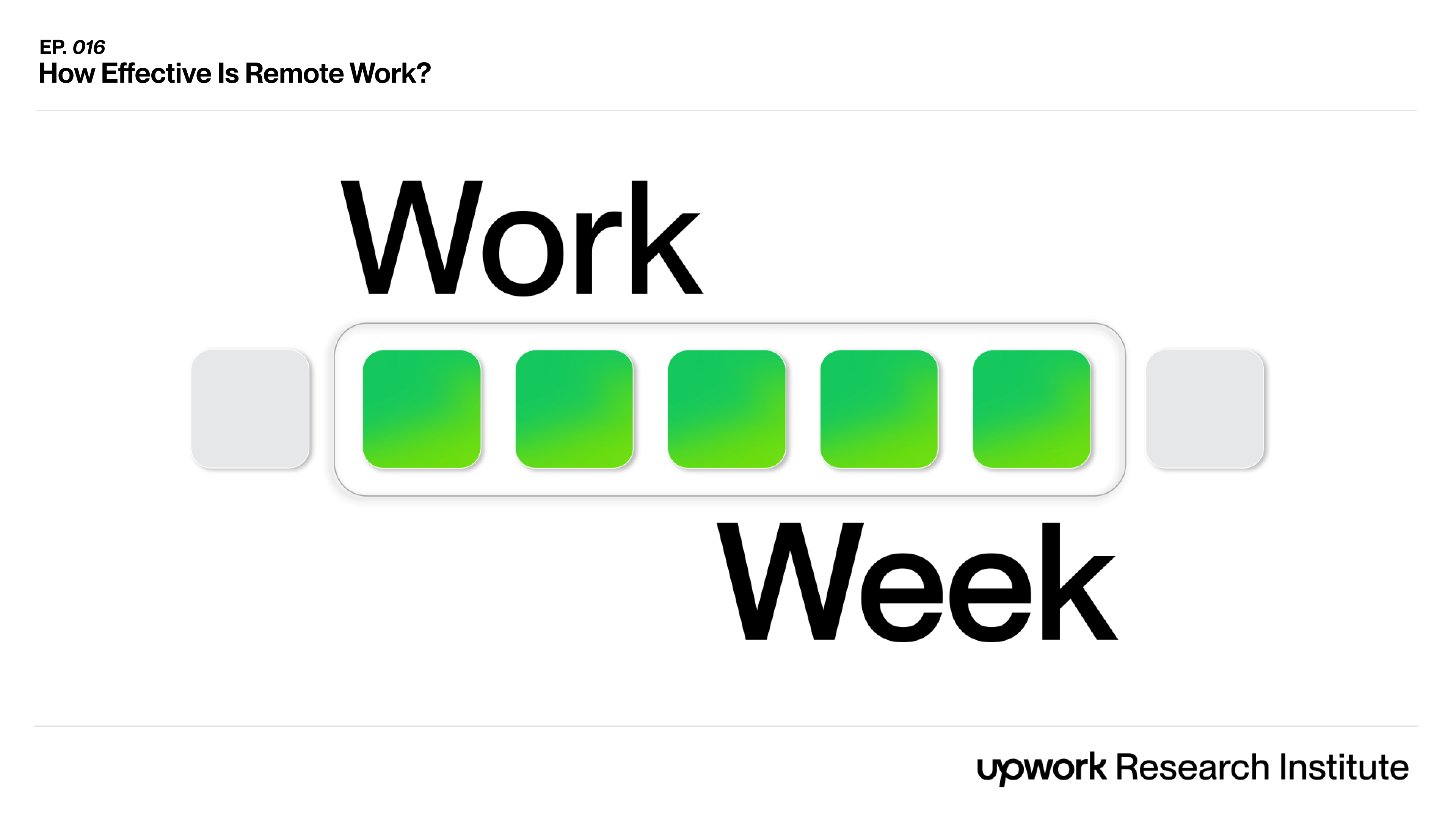
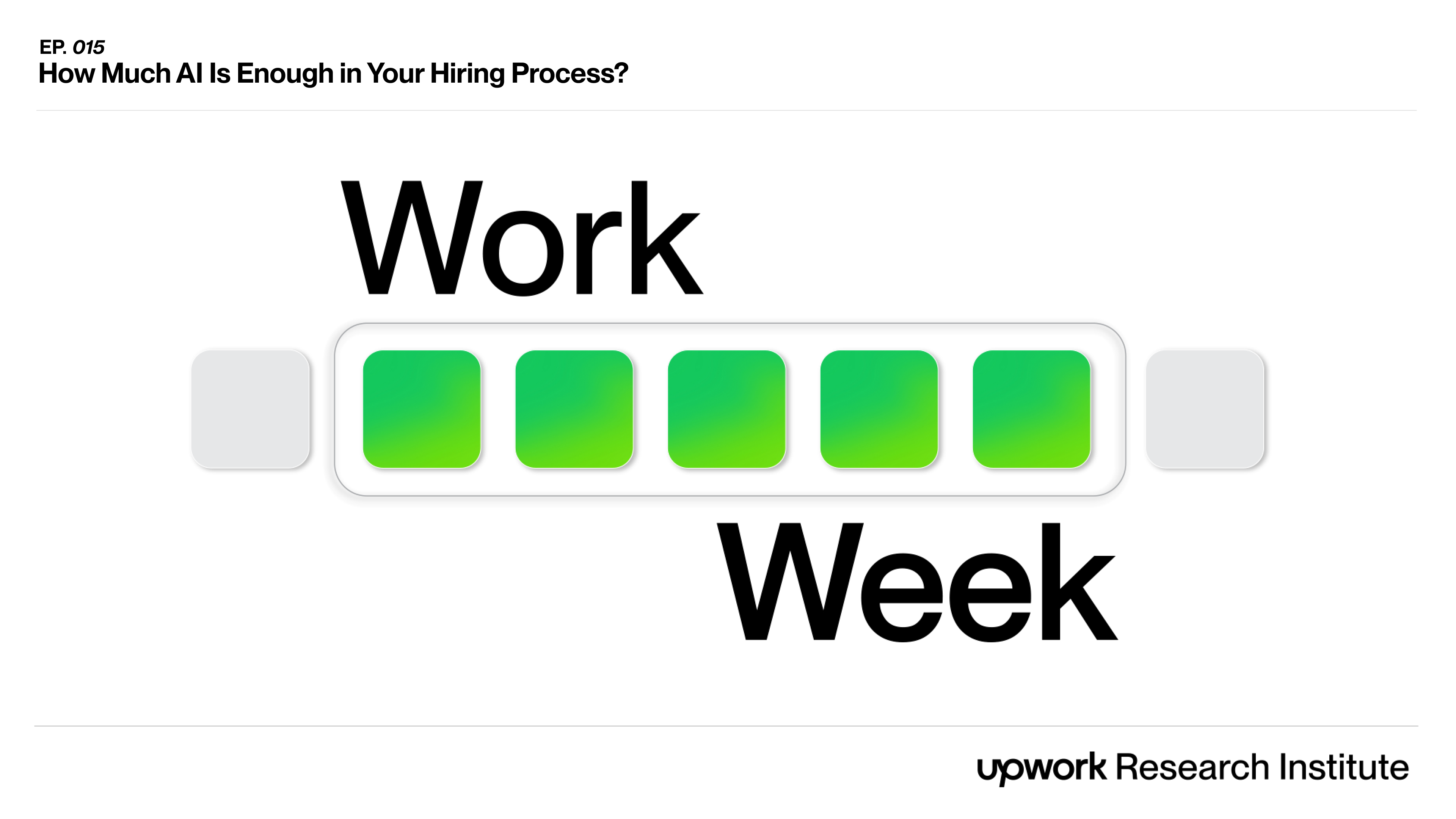

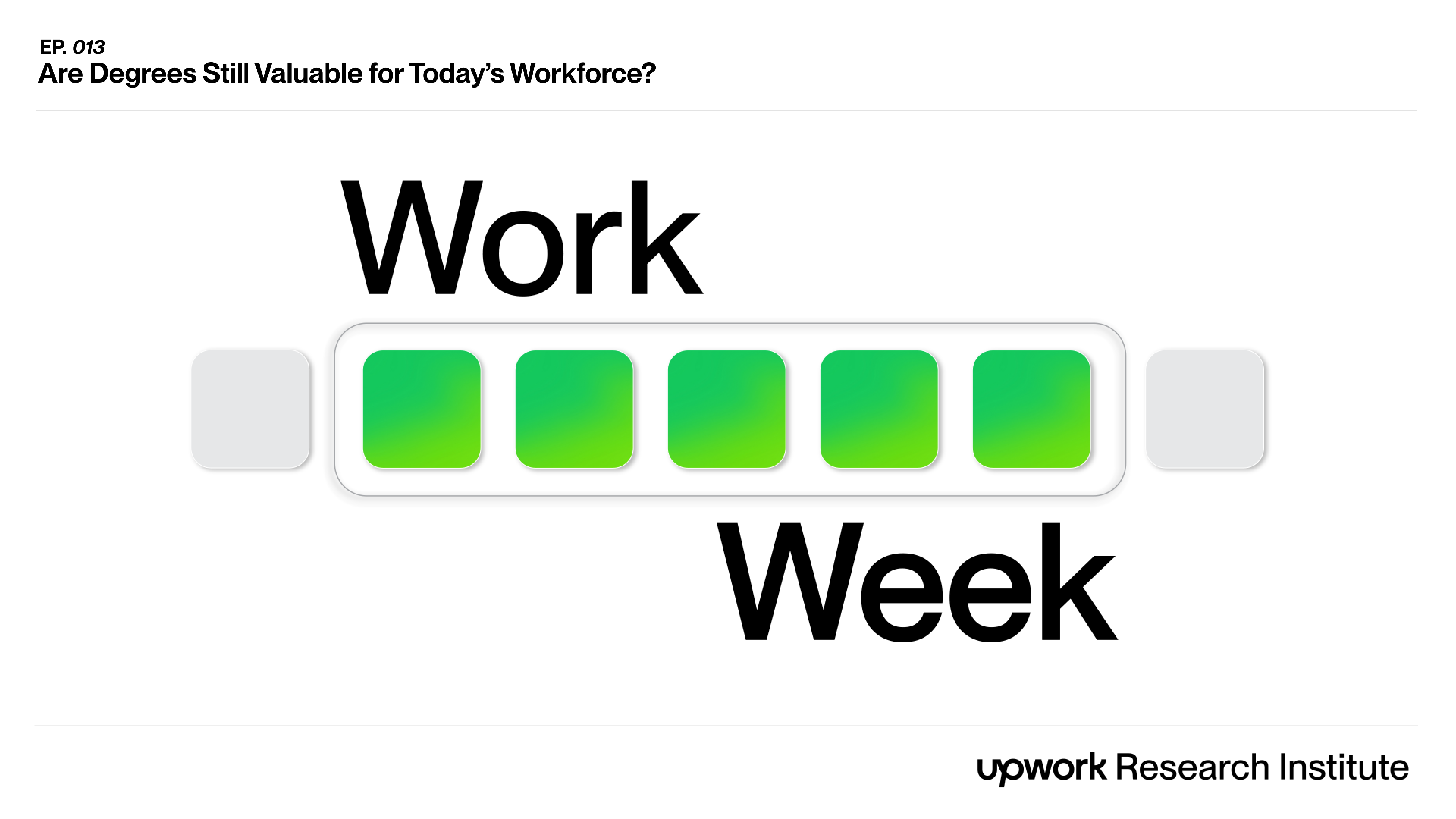
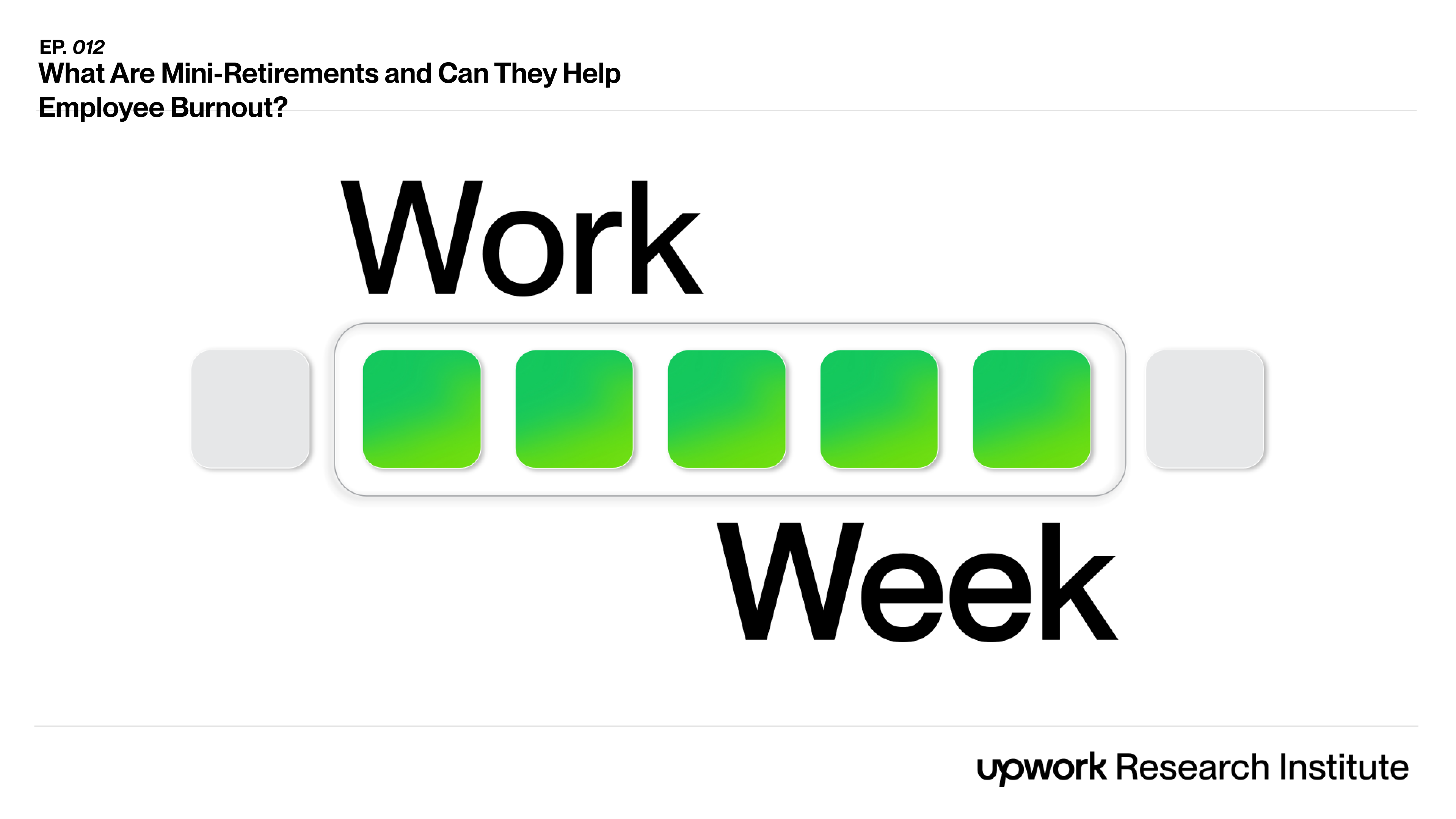
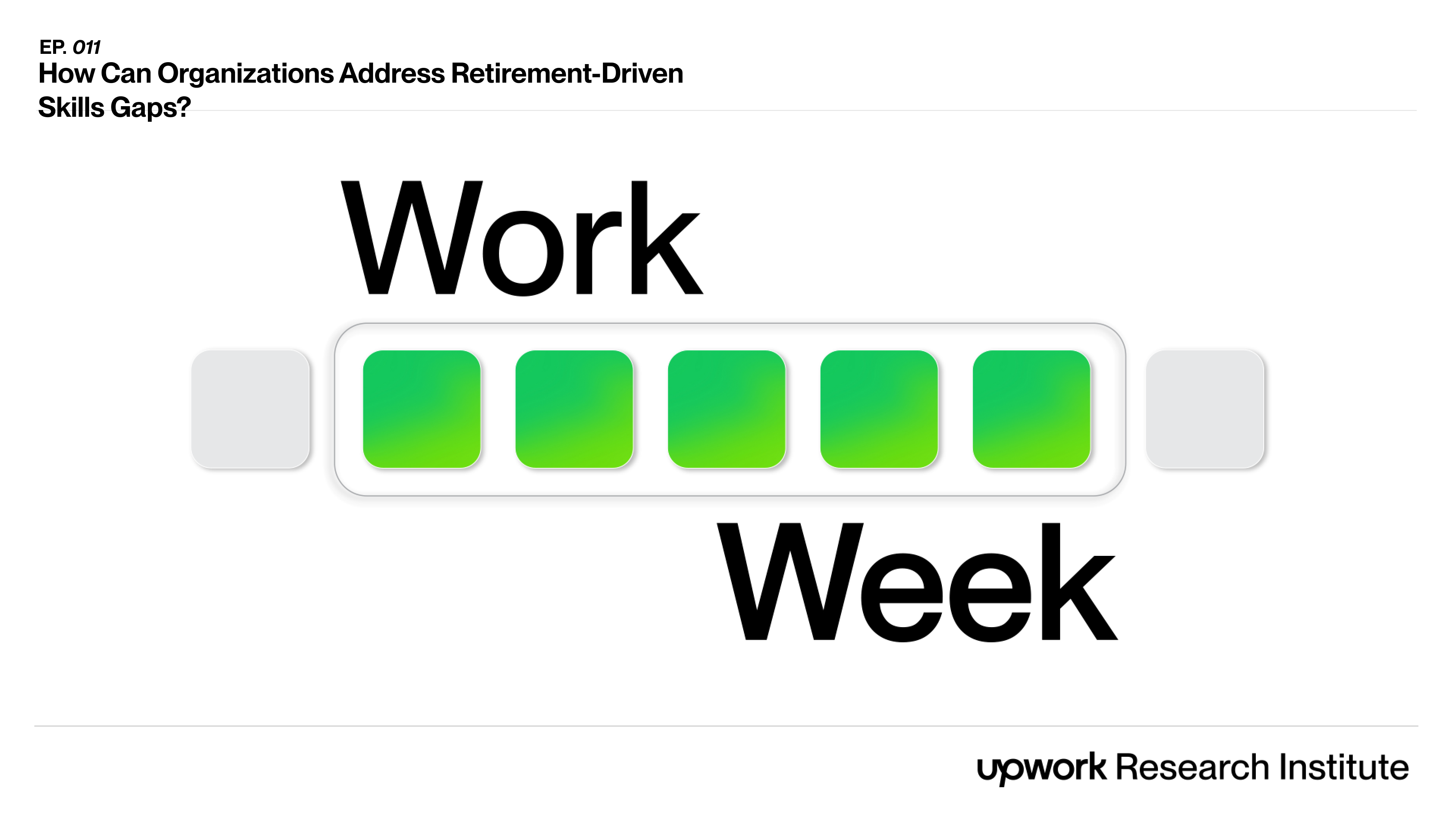

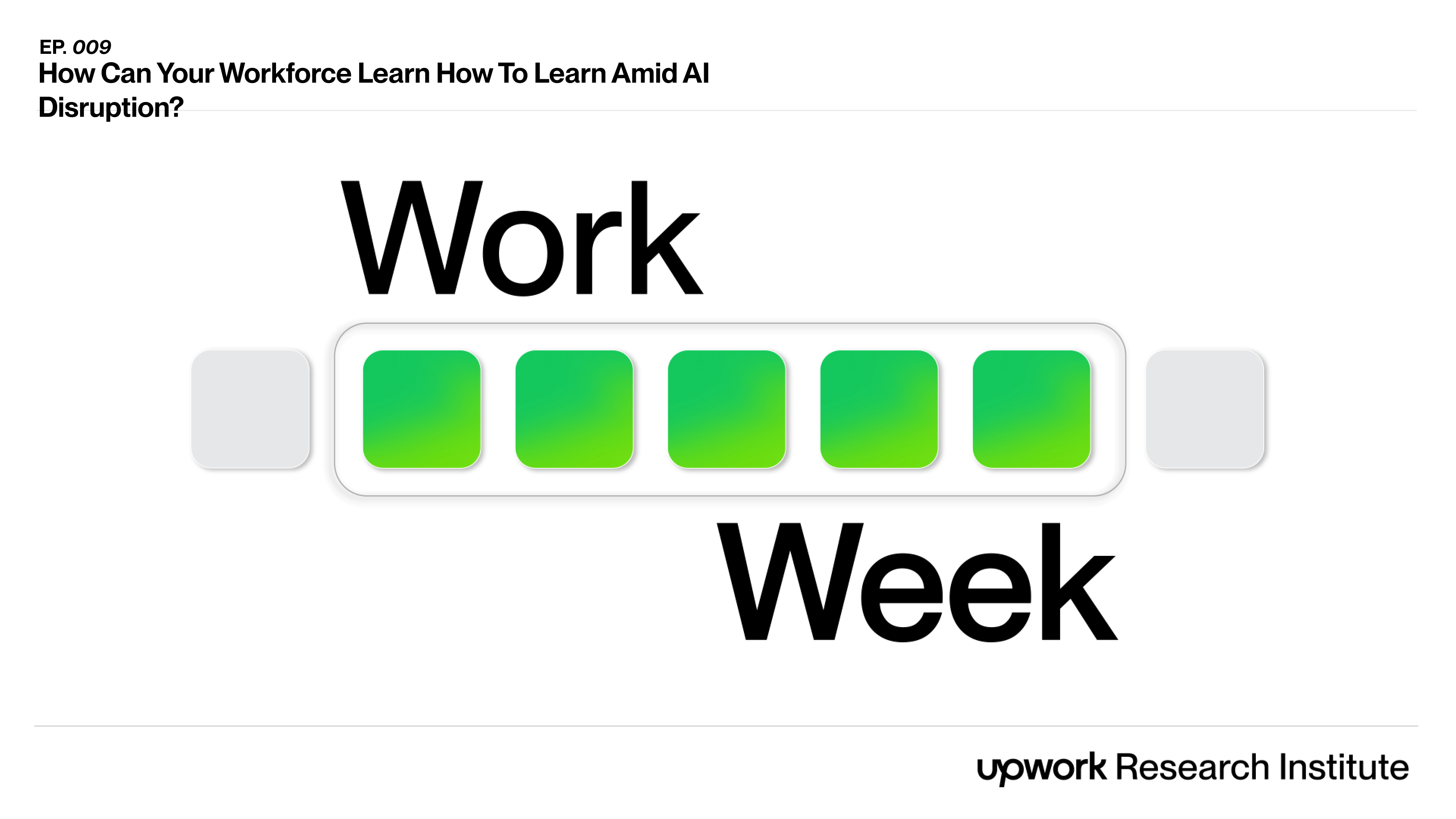

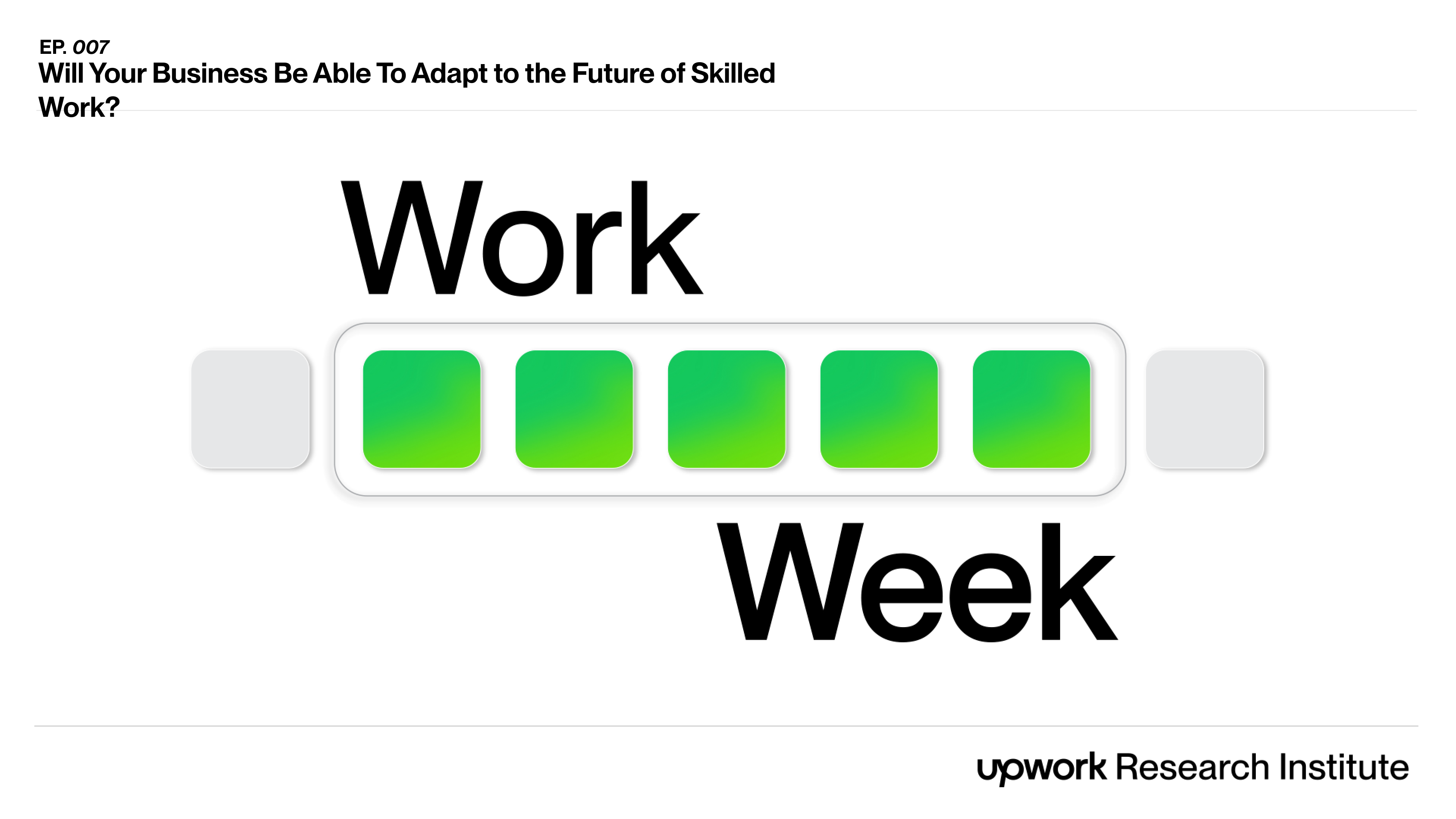
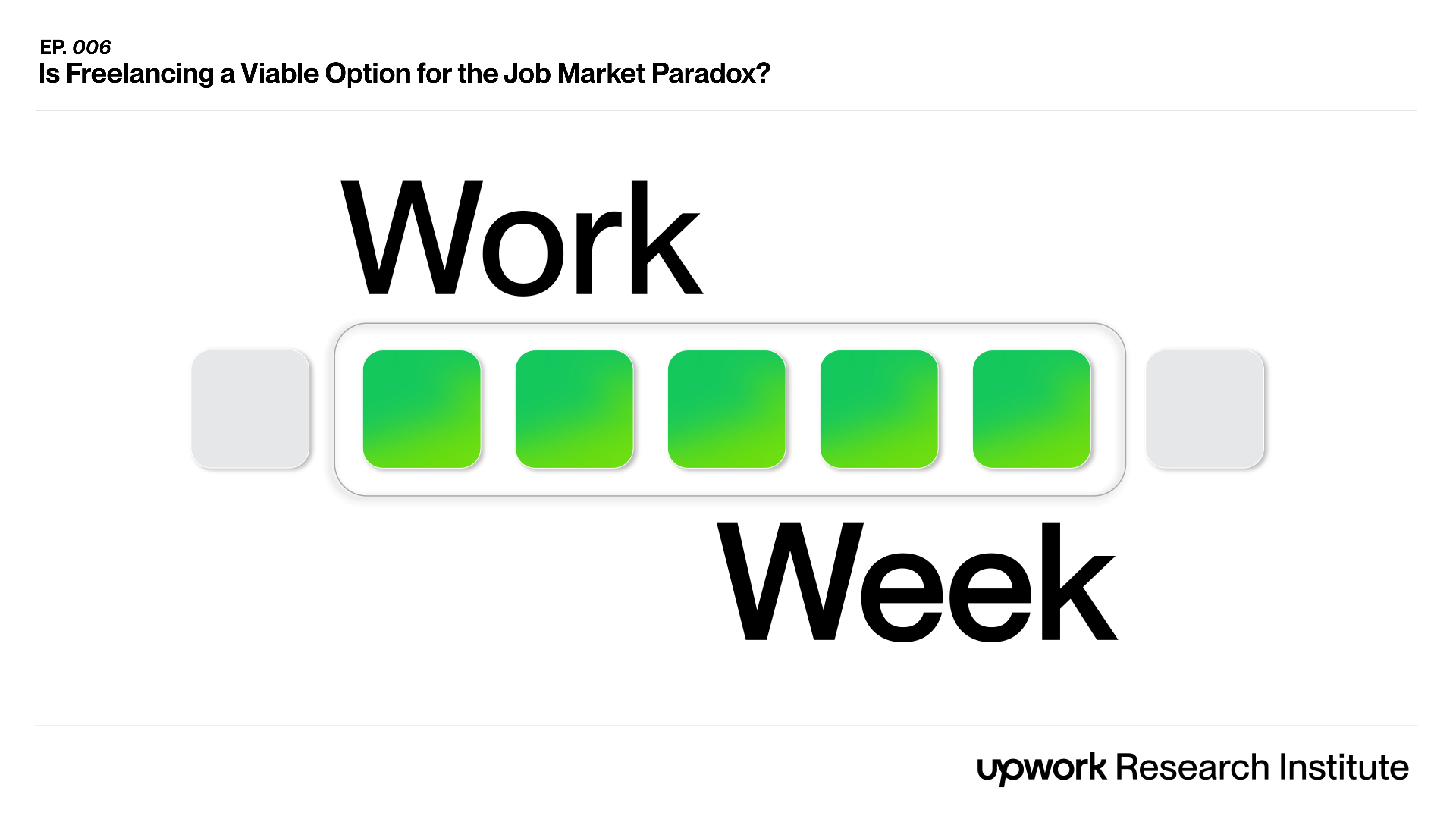
.png)


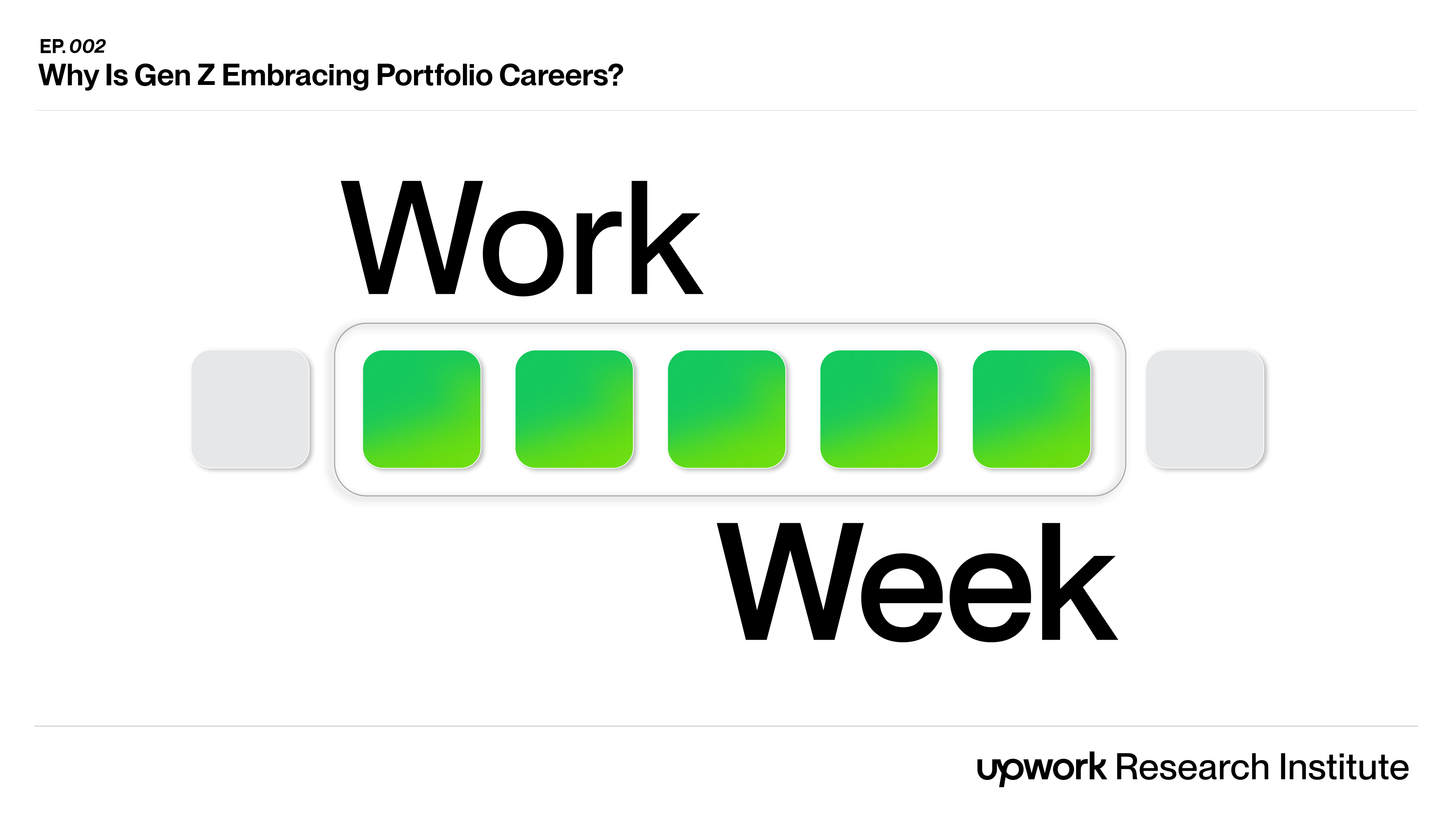
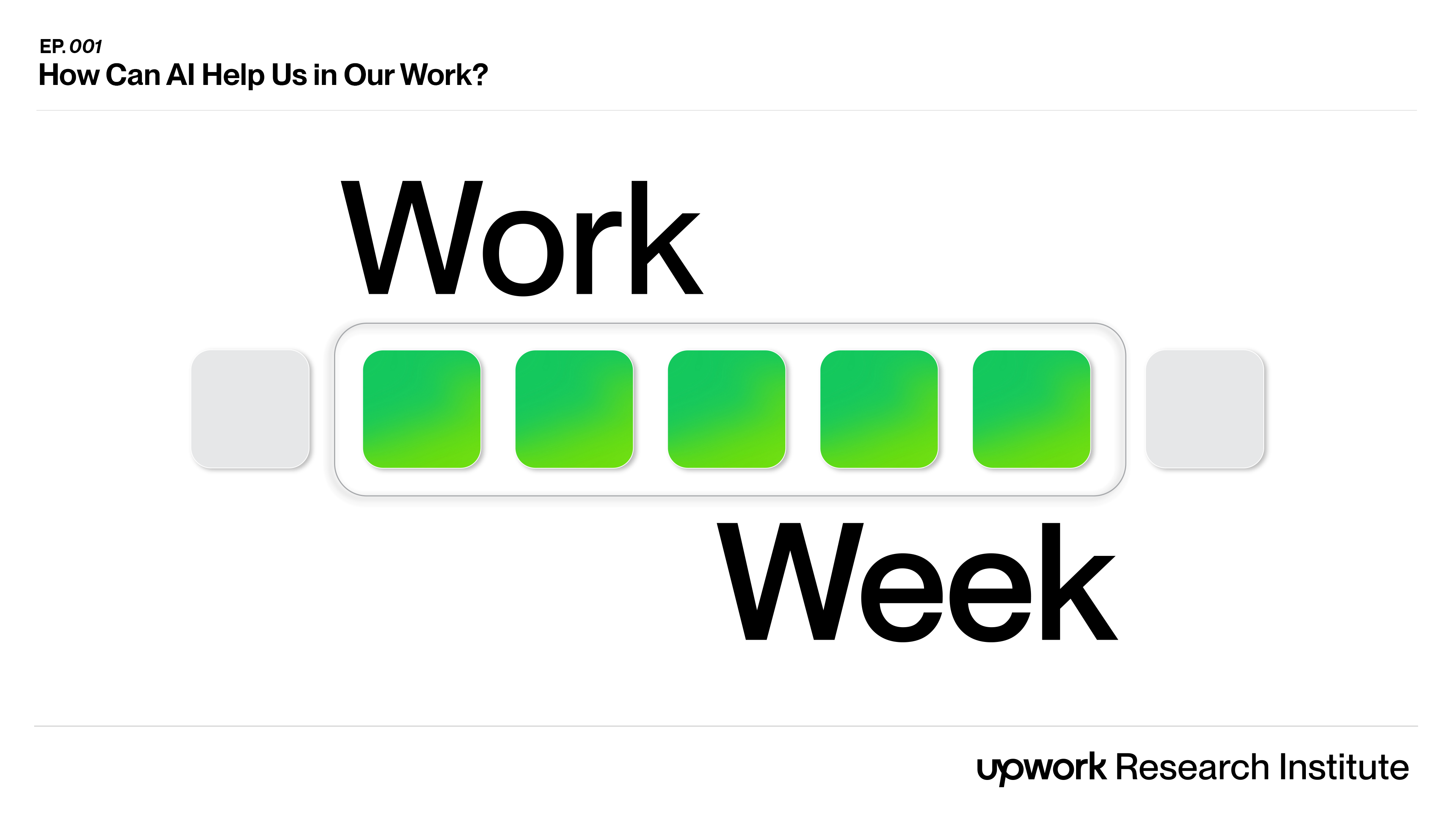
.jpg)